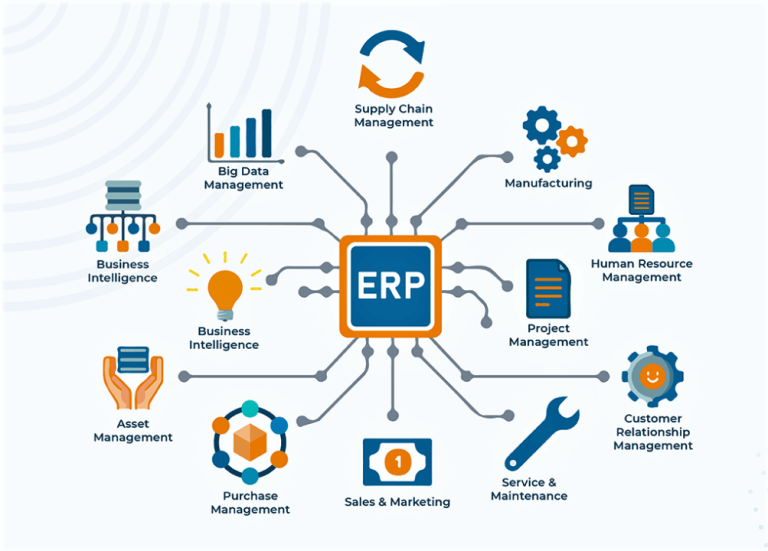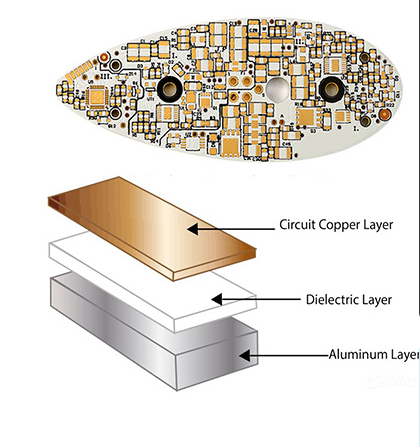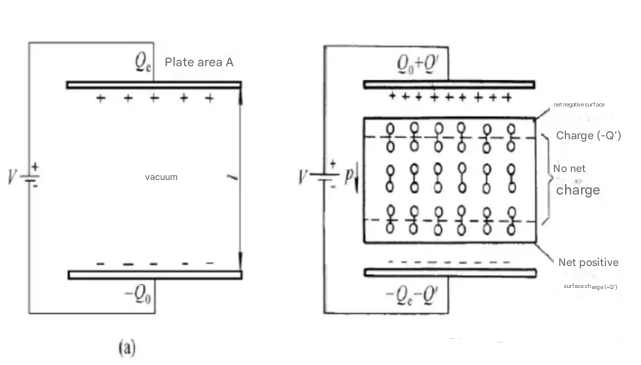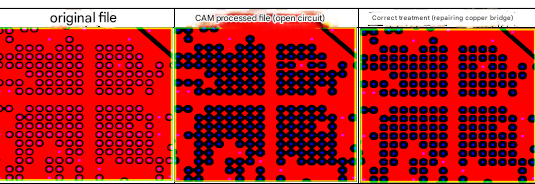Why Choose Lever Terminal Blocks in PCB Circuits
Printed circuit boards are the building blocks of electronic circuits and are made up of many components. Terminal blocks are one such component that connects two wires or conductors to the circuit board in an electrical or electronic circuit. Various electrical, mechanical, and other factors determine the selection criteria for terminal blocks.
Computing Ecosystems Driving the Use of Terminal Blocks
As more and more businesses, even those that used to run traditional production lines, become data-driven, the Industrial Internet of Things (IIoT) is also growing to adapt to this change. It is expected that the number of IoT devices will reach 40 billion worldwide by 2030.
In addition to the rise of the Internet of Things, the following trends have also stimulated the growth of demand for various electrical and electronic components:
· Industry 4.0 and 5.0: The Internet of Things and robots are the cornerstones of advanced manufacturing. Both require a large number of sensors and electronic devices to read machine data and pass information to humans for processing. The development of industrial automation has driven the demand for electronic circuits and related terminal blocks.
· Artificial Intelligence and Edge Computing: Industrial IoT operations route data to the cloud for processing, but this is changing with the need for real-time, instantaneous decision making. Using AI at the edge increases the need for high-performance computing, which in turn requires sophisticated circuits.
· Decarbonization and Electrification of the Economy: As decarbonization progresses, more circuits will be put into use through various applications, including electric and hybrid vehicles and power grids.
Against the backdrop of the development of electrical and electronic circuits, the demand for terminal blocks will continue to grow. The global terminal block market is expected to reach $5.2 billion by 2027, with a compound annual growth rate of 5.7%.
Connection Mechanism of Terminal Blocks
Terminal blocks can be divided into different types, and one of the distinguishing features is their connection mechanism. Screw-type terminal blocks use screws to secure the wires. Push-button mechanisms involve pressing a button, inserting the wire, and releasing the button to clamp the wire in place.
In push-in terminal blocks, users simply push the wire in, and the spring clamp locks the wire in place. That’s how WAGO’s 2601 Series Lever-Type PCB Terminal Blocks, featuring WAGO’s patented Push-In CAGE CLAMP® connection technology, work. To connect, users push the wire into place. To release the wire, push the lever up, relieving pressure on the spring clip (Figure 1). Lever-Type Terminal Blocks are easy and quick to use, with a simple push up and down to make the connection.

Figure 1: The lever on the terminal block helps ensure quick and easy connections by clamping the wire and securing it in place with a simple mechanism. (Image source: WAGO)
Advantages of Lever-Type Connections
Lever-Type Terminal Blocks offer a number of significant advantages over other locking mechanisms:
· Tool-free: No screwdriver is required to tighten the wire, making assembly faster and more efficient. Lever-Type Terminal Blocks are particularly useful for applications where wiring changes are frequent, such as field installations or lab prototyping.
· Reduced stress on wires: Equipment lasts longer because there are no screws to tighten the wires, so they are less susceptible to wear. Connecting and reconnecting wires is easier and less disruptive to the circuit, increasing lifespan.
· Appropriate force: Screw-in mechanisms for terminal block connections run the risk of overtightening. Overtightening creates increased stress that damages wires more quickly, shortening the life of electrical and electronic components. Push-in terminal blocks with a release lever eliminate the guesswork of the force required to secure wires in place.
· Stronger, more stable connections: Screw-in mechanisms also run the risk of loose connections, leading to signal errors and data loss. Terminal blocks with push-in clamping technology ensure consistent connections that don’t change despite the technician’s expertise. The stable, full-touch connection makes these terminal blocks particularly suitable for high-vibration environments such as industrial manufacturing and aerospace.
· Flexibility and compatibility: When IoT sensors are integrated into larger circuits, there is a high likelihood of an uneven mix of wires, all of which need to be connected to transmit data and signals. Using plug-in terminal blocks with a release lever allows you to connect different kinds of wires—solid, stranded, or finely stranded.
· Humanized: The terminal block has a release lever, making it easier to judge the locked or unlocked state of the connection. Visual and tactile prompts make it easier for users to use and reduce the possibility of errors when setting up complex circuits.
Because each terminal block unit adopts a modular structure, inspection and maintenance are also more convenient. The modular design also facilitates faster replacement of wires. When making changes, technicians do not have to disassemble and replace the entire circuit board; instead, they can focus on the specific part that needs to be operated and selectively replace the module.

Choose the right terminal block
As circuits become more complex, the demand for terminal blocks is also increasing. When designers look for the right terminal block, they are likely to focus on whether it can work in extreme environmental conditions and can be packaged in a smaller size.
Criteria to consider before selecting a terminal block include the current and voltage that the circuit must withstand.
Before selecting a product, designers usually leave a margin in terms of values (150% of the required rating). The number of poles determines the number of circuits that the terminal block can accommodate. Parameters such as the voltage and current margin and creepage distance of the terminal block determine the spacing of the terminal block, that is, the distance between the center of one electrode and the center of the next electrode (Figure 2). Finally, designers must ensure that the terminal block housing is large enough to accommodate the wires, which are typically specified in American Wire Gauge (AWG).

Figure 2: One of the criteria that circuit designers select is the pitch of the terminal block, which specifies the distance between the center of one electrode and the center of the next. (Image source: WAGO)
Electrical performance, mechanical parameters, and other criteria must be considered before selecting a terminal block. For example, WAGO’s 2601 Series lever-action PCB terminal blocks are compact, tool-free, and allow for quick and easy termination of 26 AWG to 14 AWG wires. With WAGO’s patented Push-In CAGE CLAMP® connection technology, solid and stranded wires are simply pushed into the terminal block with a ferrule to complete the connection.
The 2601 Series can be connected to the PCB vertically or horizontally, and with a pin pitch of only 3.5 mm, it takes up minimal board space. The 2601 series continues to feature WAGO’s unique lever-style PCB terminal blocks, making them ideal for field device connections, regardless of performance level. Tool-free wiring is intuitive and globally applicable, and the lever technology ensures that contact points are always secure and reliable. The series can be applied to power supplies, control boards, device manufacturing and device connections, interface modules, sensors, smart homes, and control boards.
Conclusion
Terminal blocks are critical to achieving the integrity and performance of complex electrical and electronic circuits. When selecting, design engineers must consider a variety of factors, including application, voltage and current tolerances, and mechanical connection mechanisms. Push-in terminal blocks with release levers are particularly easy to use because they enable fast, stable, and reliable connections.







